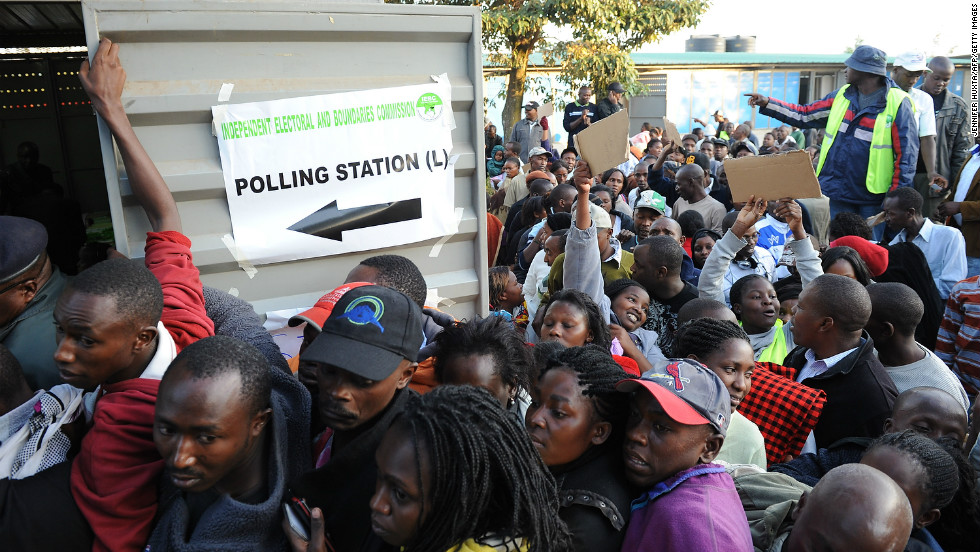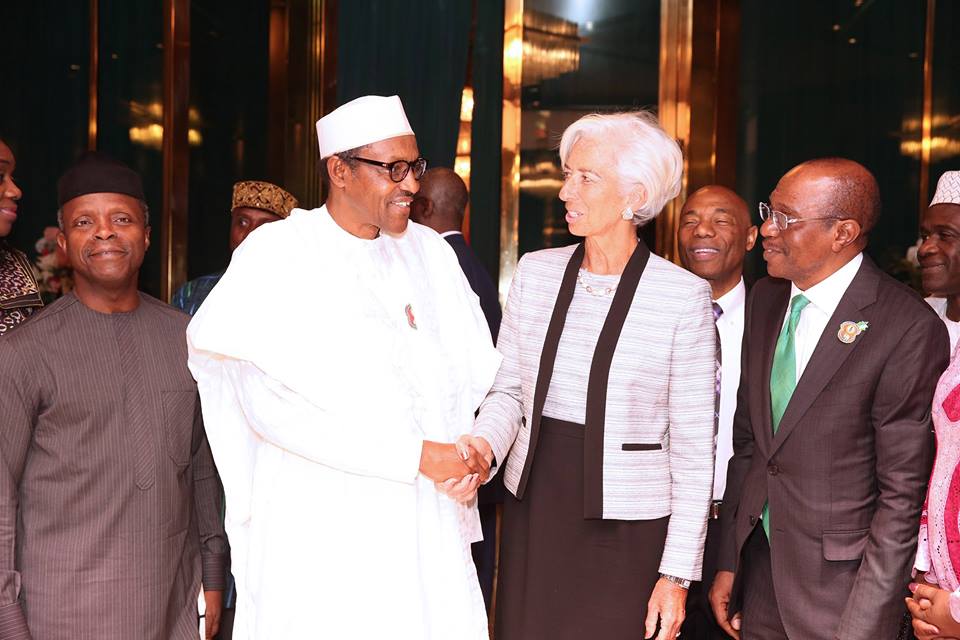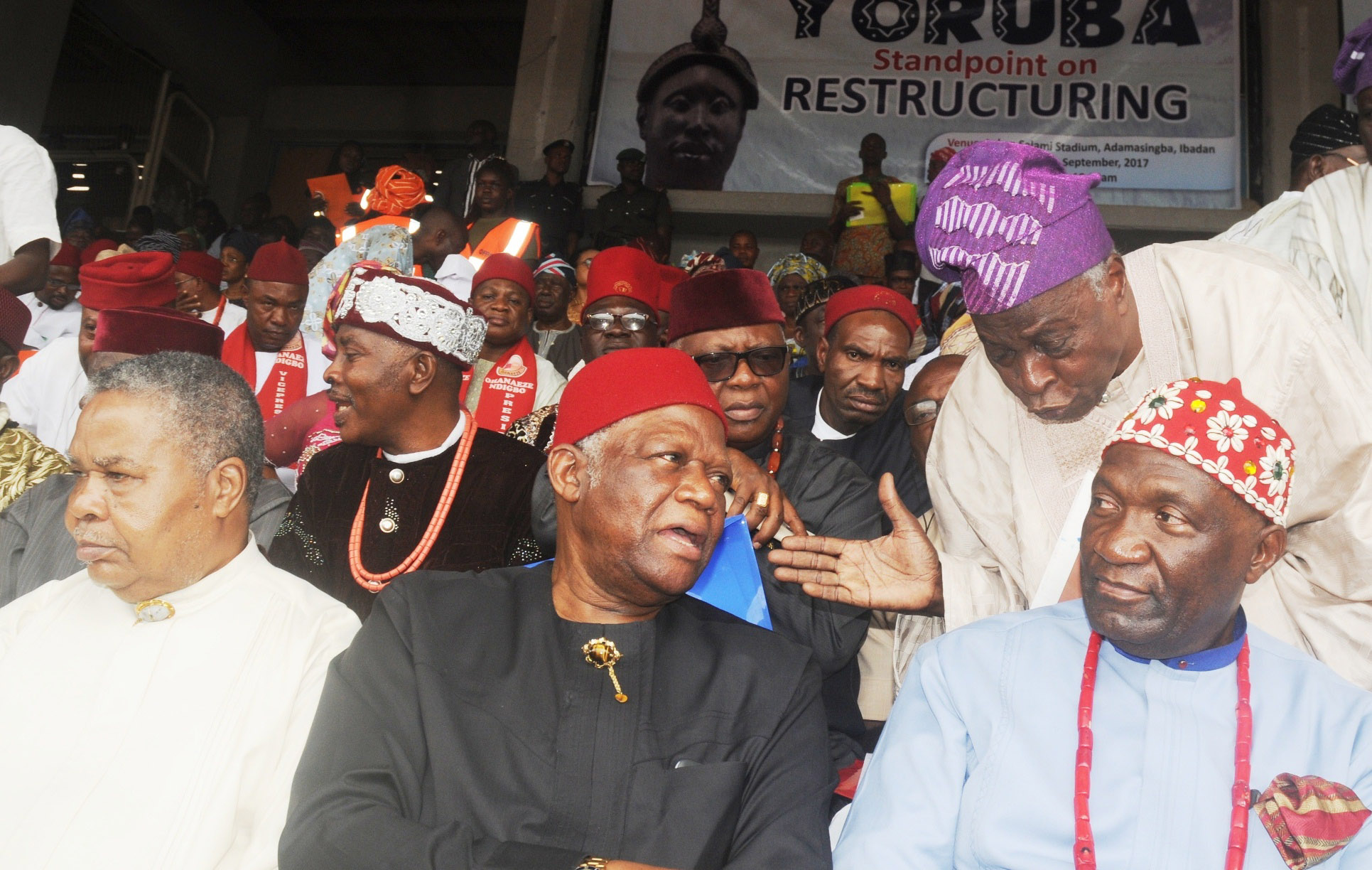The Kenyan Supreme court in a historic ruling quashed the August 8th, 2017 Presidential election that declared incumbent, President Uhuru Kenyatta, winner. In a 4-2 decision, the court allowed all the three grounds of appeal, namely: that the elections were not conducted in accordance with the constitution of the land and the electoral act; that there were irregularities and illegalities committed in the conduct of the elections. These were sufficient to affect the overall integrity of the electoral outcome. The Court, with an absolute majority, declared the elections “null and void’’; and called for a rerun within 60 days commencing from the moment of announcing their decision.
However, the quashing of the election does not come as a surprise to many as all the factors surrounding the elections pointed in that direction. Before the conclusion of the elections, the National Super Alliance party (NASA) candidate, Raila Odinga, had declared the election a sham. According to him, the results did not align with results NASA’s party agents had in their custody, a fact corroborated by some independent observer groups. Furthermore, Odinga alleged that the Independent Electoral and Boundaries Commission (IEBC) computer servers had been hacked to alter the results; an allegation refuted by the IEBC chair, Mr. Wafula Chebukat.
The Process
Kenya introduced a new system to sanctify the integrity of the elections. Kenyan law states that electronic reporting must be double-checked and verified by physical paper forms signed by polling station officials before the IEBC, can declare a winner. The NASA alliance claimed that the official forms 34A and 34B in its custody does not tally with the results proclaimed by the IEBC; that several returning officers did not send scanned copies of handwritten forms signed by agents for both candidates: alongside results transmitted electronically to the central tallying center. The Alliance insisted that the system had been hacked into and results manipulated using the identity of Chris Musando – the former head of ICT at the IEBC – who was brutally murdered weeks before the 8th August, 2017 elections.
Advertisement
It was not the submission of the case to the Supreme Court by NASA and subsequent overturn of the electoral outcome that was the key lesson in the election but most importantly, the process itself. Within days, all the processes filed by the petitioners, respondents and amicus curiae were uploaded online by the Supreme Court. In a welcomed move, the Kenyan court allowed amicus curiae (friend of the court). Amicus Curiae were accepted based on their competence to address the court in the election petition.
Transparency and accuracy was built into IEBC’s electronic system: such that information would be transmitted directly after voting and counting, thereby, making the electoral umpire the overlord only at the tally stage. Any alteration can be easily detected.
Are all Election Observation Superficial?
Advertisement
Following the Supreme Court’s annulment of the elections, there has been further criticism lodged against election observers and the methodology they utilized for adjudging the elections as free, fair and credible. Observers in the Kenyan elections immediately concluded that the elections were fair and without hitches. Former US Secretary of State, John Kerry, as co-leader of the Carter Centre Observation mission expressed confidence in the credibility of the process while noting that there were “little aberrations here and there’’. The European Union’s Observer Mission affirmed the outcome of the election claiming that they had seen no “centralized or localized manipulation” of the voting process.
In addition, the statement released by the Elections Observation Group (ELOG), which used the ‘Parallel Voters Tabulation’ (PVT)method,affirmed the victory of Uhuru Kenyatta as declared by the IEBC. According to their PVT tally, Kenyatta won with 54 percent of ballots cast, a difference margin of less than half a percent from official count of 54.3 percent. The PVT methodology is often used to evaluate the overall quality of election-day processes and the verification of election results as announced by the electoral commission. It involves observation of voting and counting of ballots at polling stations; collection of official polling station results, and independent tabulation of these results, in parallel with the election authorities. It allows for a small margin of error. In the Kenya instance, ELOG’s placed the margin of error at 1.9 per cent.
International election observers relied heavily on ELOG’s work and this was reflected in their official statements following the announcement of the results. As an example, the National Democratic Institute (NDI) in its preliminary statement claimed that the parallel voter tabulation conducted by ELOG should provide a critical independent safeguard of electoral integrity. In the same vein, members of the Carter Centre observation mission were alleged to have brandished the ELOG report as its basis for adjudging the elections free and fair.
What can we learn, if anything?
Advertisement
The PVT methodology has added integrity to the quality of election results as demonstrated during the stalemate over the 2016 Presidential election in Ghana. All local groups and observers were certain that the Coalition of Domestic Election Observers (CODEO) had the correct result and it could not have been tampered with. However, what has taken place in Kenya has shown us that we must not over-rely on a single observation methodology. The Kenyan experience highlights the need to further interrogate and build on existing methodologies.
However, the work carried out by the Kenyan coalition of civil society organizations under the umbrella of Kura YanguSautiYangu (KYSY) with members including the International Commission of Jurists (ICJ, Kenya), Kenyan Human Rights Commission,African Centre for Open Governance (AFRIGOV) and others must be recognized and appreciated. The group have raised salient issues using the IEBC’s guideline, comparing original tally sheets, which are legally recognized documents, to the database results. Their findings revealed “important contradictions and massive anomalies in the electoral numbers released by the Independent IEBC” on the official record, on its website and through the chairman’s formal announcement.The issues raised included KYSY’s indication that the rejected votes in 288 constituencies did not match details in Form 34B, while there were no grand totals for rejected votes in 25 constituencies. KYSY also revealed that there were glaring differences between results announced in the presidential election, at the county level, and the totals from constituencies in those counties.
A significant part of the problem is the focus on what goes on at polling units during elections and not the result transmission and collation phase, a defect the court ruling in Maina Kiai& 5 Others v. IEBC sought to cure. Thus, though it may be too soon to conclude that all election observation missions are cosmetic, emphasis should be placed on further interrogating the politics of observer missions and their over-reliance on the PVT methodology. This may not only shed more light about what went wrong in Kenya, but also the underlining issue with elections throughout the continent.
It is also important to point out that preliminary reports are indeed very important part of an election observation process, while it has the ability to douse tensions and give factual initial opinions, election observers must refrain from categorical statements that sometimes refrain opposition from seeking justice in law courts. It is becoming obvious that what is free and fair is relative and even the so called fool proof result verification systems can be adjusted in this age of technology to suit election management bodies declared results or vice versa. The time has come for a rethink of election observation, both traditional and technologically inspired. Africa has a lot to learn not just from the Kenyan judiciary but its election management system that can easily detect fraud and ever vibrant civil society organizations who not only successfully coalesced to analyze the electoral outcomes but also undertook ‘electoral judicial activism’.
Advertisement
Idayat Hassan is the director of the Centre for Democracy and Development (CDD)West Africa in Abuja. @hassanidayat
Advertisement
Views expressed by contributors are strictly personal and not of TheCable.
1 comments








i pray this checkmating happens in Nigeria to make our election fairer.